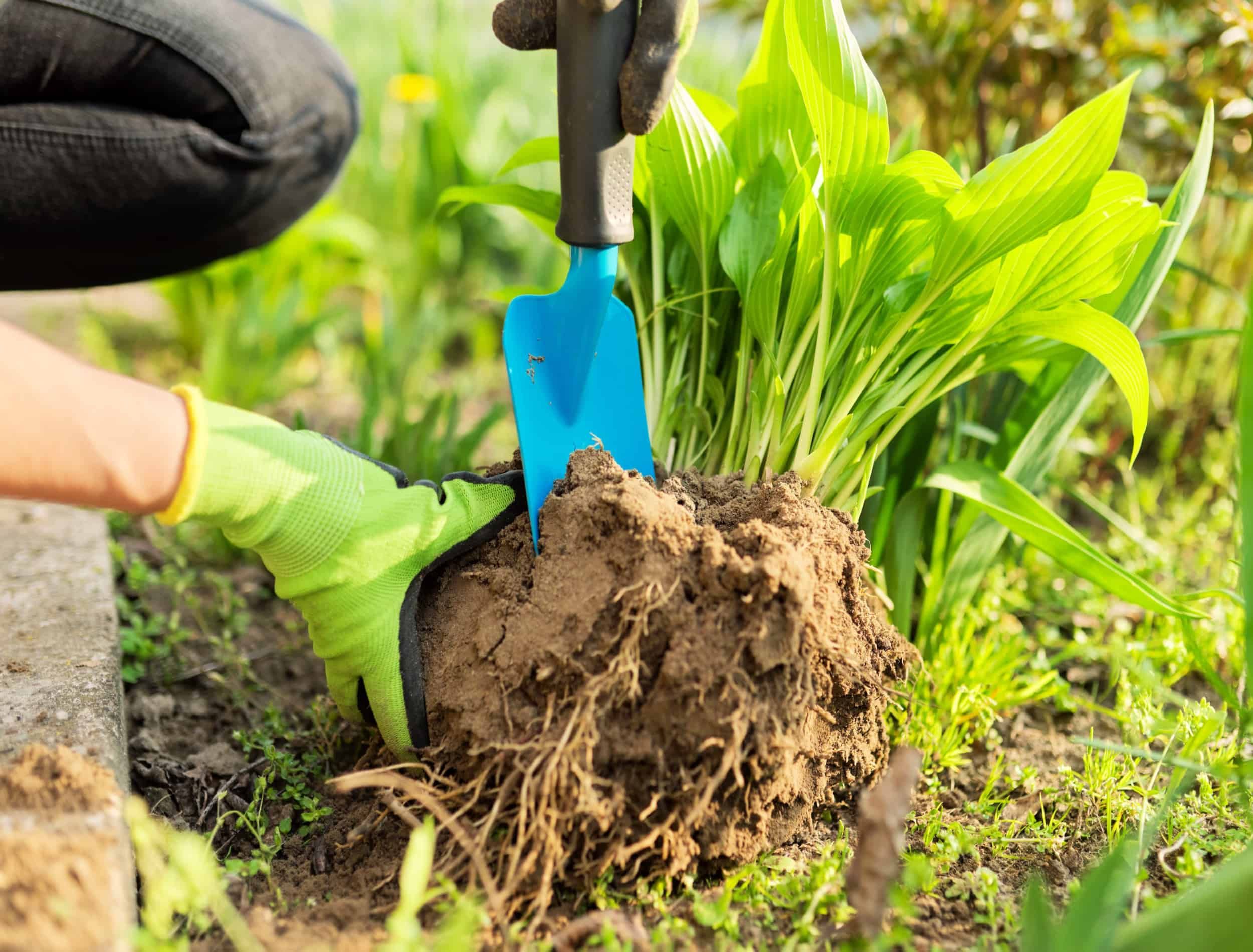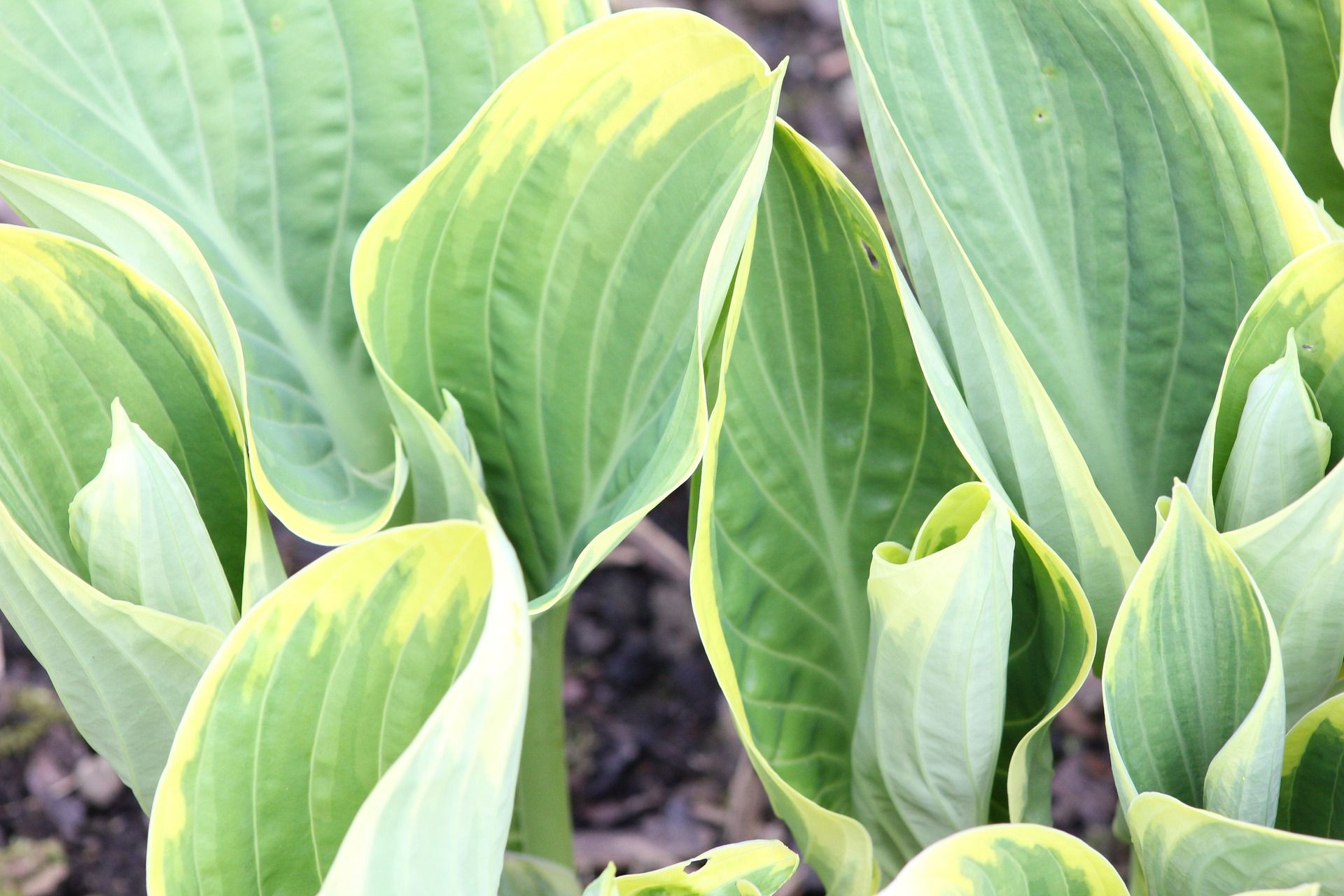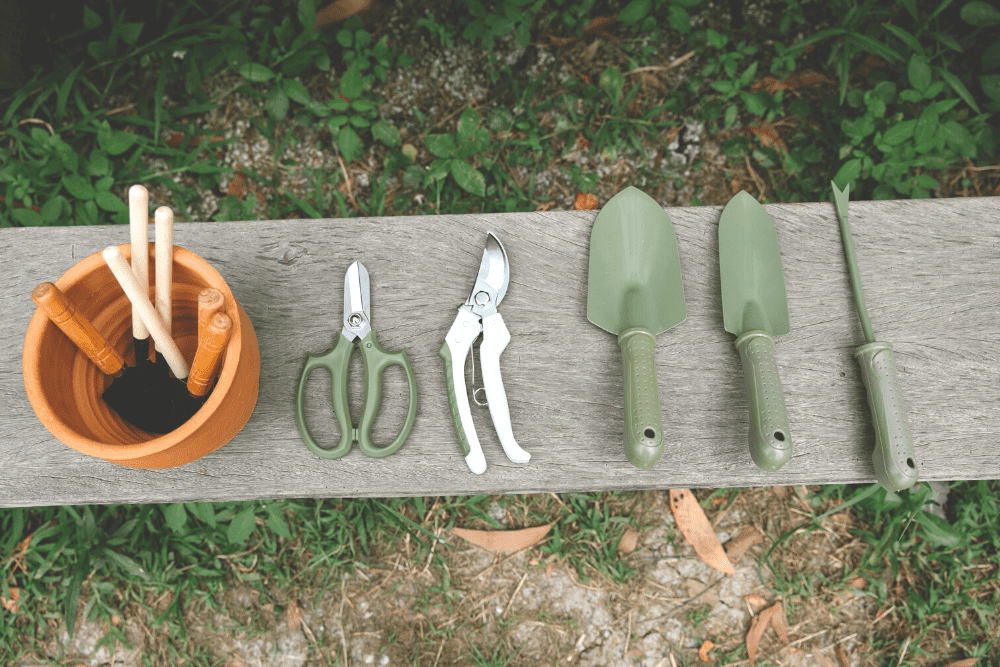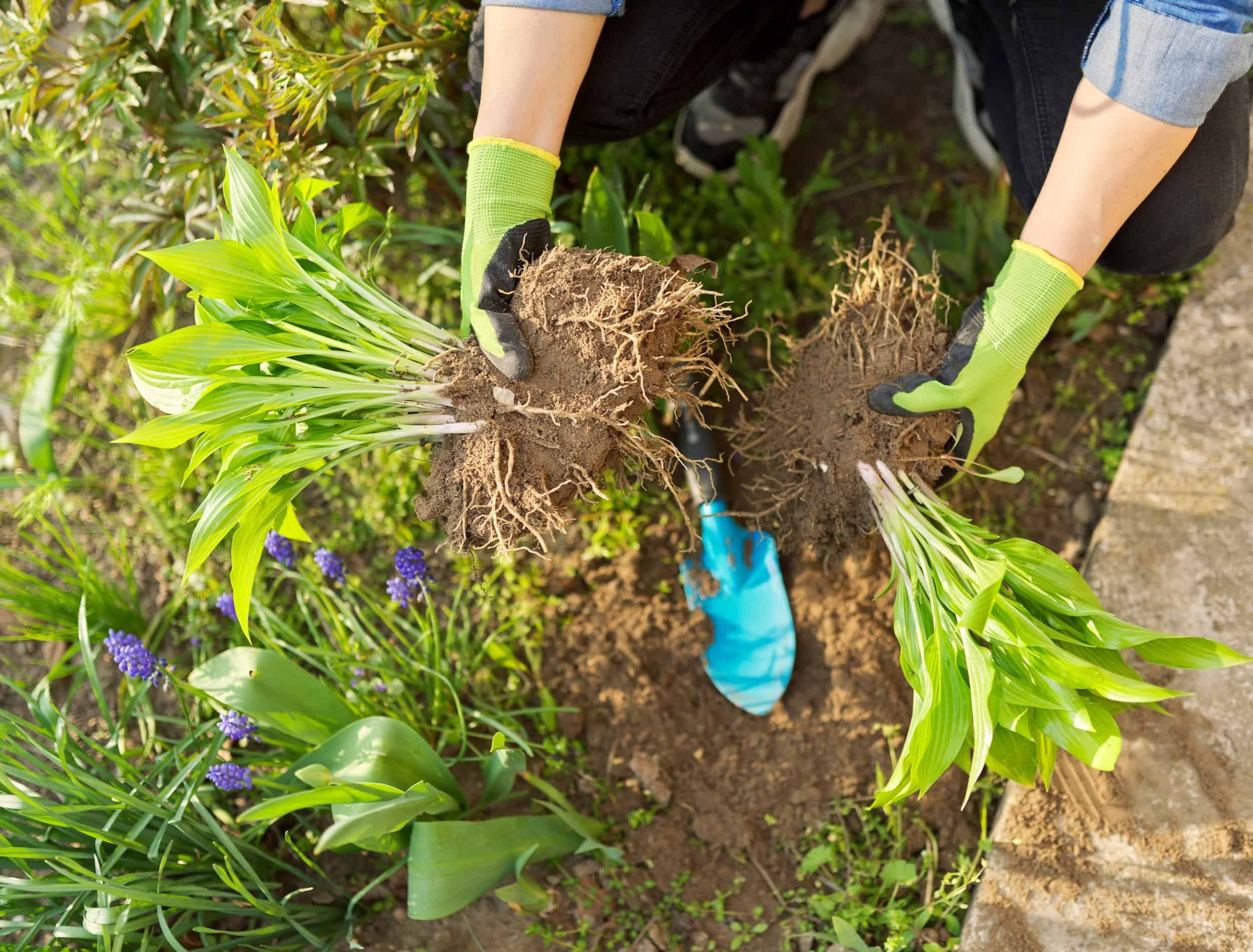Hostas are a popular choice among gardeners because they are easy to grow and add plenty of lush greenery to a garden full of vibrant blooms. They are also perennials, meaning they'll return to your garden every year. However, since they are fast growers, it's important you divide them, so they're a little easier on the eyes.
There are also a few more benefits to dividing your hostas. But, when should you get the job done? And how exactly does the process work? Below, you'll discover everything there is to know about dividing these perennials to improve the curb appeal of your garden.
Why Split Hostas?
Image credits: VH-Studio via Shutterstock
It isn't necessary to split your hostas if you don't want to. The plants can become overgrown and overcrowded, impacting their appearance by creating a bare center. Fortunately, splitting these perennials is incredibly easy and boasts multiple benefits for your garden.
This process will improve the appearance of overcrowded hostas as you will give the roots more room to grow and absorb nutrients and water. You can also propagate new hostas by planting them in different locations around your yard, encouraging new growth.
In the end, this process saves money because you get new plants and a fuller garden without having to purchase anything! A little extra time and effort goes a long way.
When to Split Hostas
Image credits: bluebudgie via Pixabay
Now that you know the benefit, you may wonder when exactly you should get the job done. With that said, there are two times to consider: time of day and time of year.
Time of Year
Divide hostas in spring before the plants get too large. Gardeners should dig up the entire plant as soon as the leaves start to emerge. This is because smaller leaves and shoots won't suffer from damage as much as established plants.
Plus, the energy stored in the roots will aid recovery alongside the rain showers associated with spring weather. The plants will also have the rest of the growing season to recover and develop a strong root system in their new location.
If you need to divide the hostas later in the year, you can do so from spring through late summer. If you divide the plants later in the year, add mulch with around 3 inches of straw or wood chips. It will act as insulation and protect the plant from damage, preventing the soil and root system from freezing and thawing during winter.
You should divide hostas every six to 10 years or if the center becomes bare.
Time of Day
When it comes to the time of day, opt to divide your hostas when there's a cloudy overcast, so the plants don't dry out from the hot sun. You should also water the soil a day in advance to ensure the ground is moist and prepared for digging and removal.
Tools You'll Need
Image credit: Gary Barnes via Pexels
If you’re looking to divide the hostas in your yard, you’ll be happy to learn that the tools you’ll need are quite basic. Check out the essentials below.
- Gardening gloves
- Two garden pitchforks or a sharp knife
- Spade
- High-quality soil
- Watering can or hose
- Mulch
- Pruning shears
How to Split Hostas
Image credits: VH-studio via Shutterstock
Step 1: Dig Up the Hostas
First, dig up the plant using a spade or garden fork. Dig below the roots and remove the entire root system from the ground. Then, gently remove the dirt around the roots by shaking the plant or brushing it away with your hands. Remove any dead stems or foliage with pruning shears and place them in the compost bin.
Step 2: Separate the Plants
Once you've removed the hostas from the ground, separate the plant into smaller sections. You can cut the roots with a sharp knife or spade or gently pull them apart with your hands or two garden forks. Each division should have two to three shoots and plenty of roots; Your divided hosta groups will each need a proper amount of the crown.
Pro Tip: Cutting with a knife is generally the easiest since you'll have more precision when handling the clumping root system.
Step 3: Replant
Once you've separated the plant, keep the divisions moist and in a shady location. Replant them fast in full to partial shade with only around two to four hours of sun each day.
Opt for fertile, well-drained soil with plenty of organic matter, such as compost. Top with a 3-inch layer of mulch to maintain moisture levels and prevent weeds.
Hosta La Vista!
Dividing hostas is incredibly easy, and it's beneficial to your garden. The process only includes digging up the plant in spring, gently separating the roots, and replanting in optimal conditions. Afterward, you'll see more gorgeous plants in your garden, encourage new growth, and save money!
Do you have any tips for dividing hostas? Share in the comments below!





